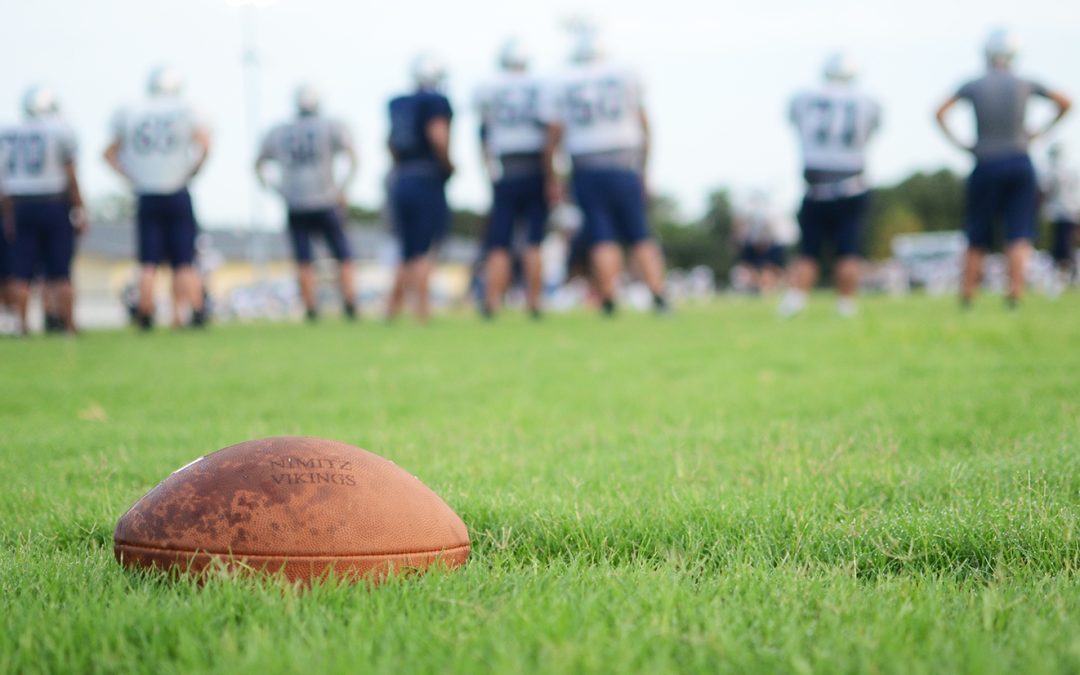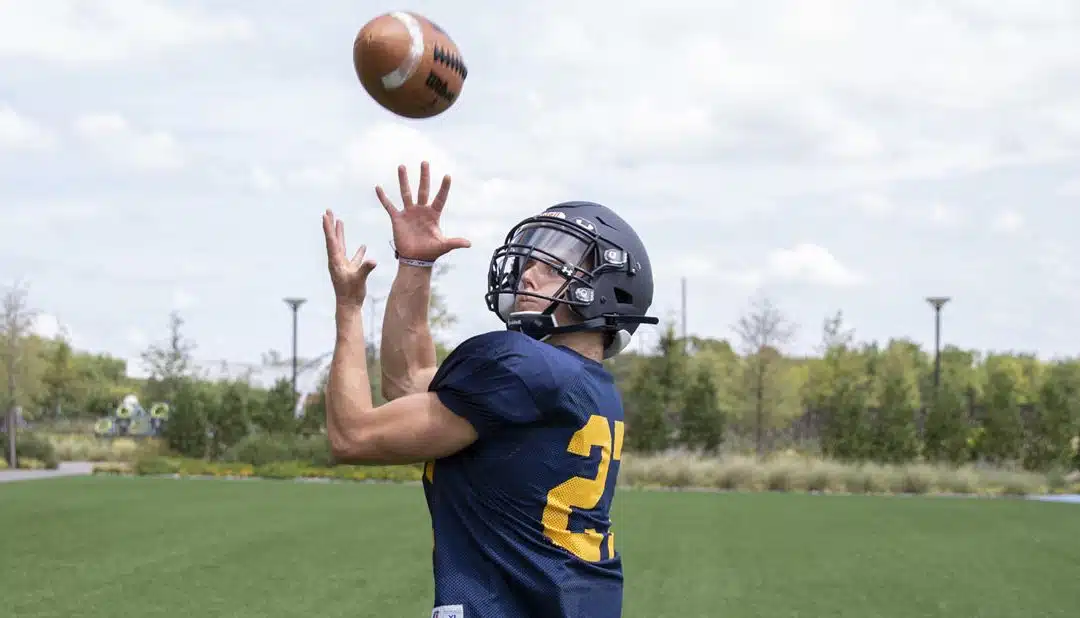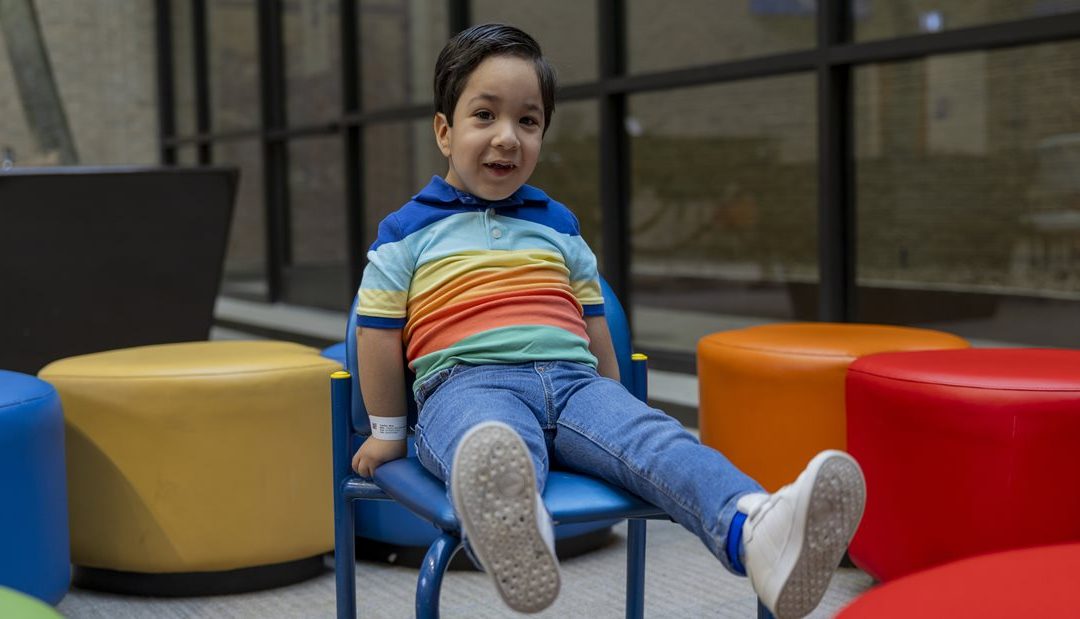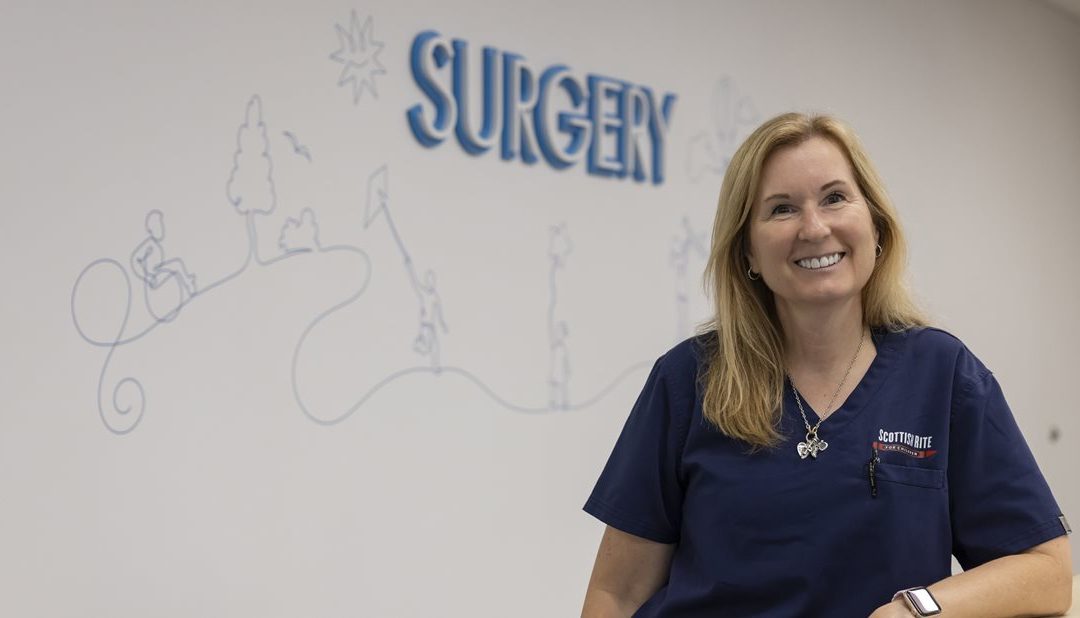Contact sports can be exciting for young athletes and parents alike. They also introduce an element of danger into the exercise equation.
Any time a person participates in a physical activity, there’s a risk of injury. However, engaging in contact sports magnifies that risk. If your child participates in this type of athletic activity, following the proper safety precautions is critical.
What’s Considered a Contact Sport?
In a contact sport, players come into physical contact with each other or an object as part of the competition. There’s a risk of contact in nearly all sports, but the risk is higher in some than others.
In basketball and soccer, for example, children are likely to knock into others athlete as they jockey for the ball. When they’re rebounding, taking a shot or defending on the basketball court, they’re in close contact with others and can accidentally (or otherwise) touch them lightly or with force.
Other sports have an even higher risk of contact. Some sports, such as ice hockey, football and lacrosse, involve techniques that have kids actively running into or making contact with an opponent. Making contact is not incidental in these sports. It is intentional. For that reason, this sports category is sometimes called “collision sports.”
While most contact sports are team sports, some contact is involved in solo activities, such as gymnastics. In that case, an athlete makes contact with the floor or an apparatus rather than a person.
How to Keep Your Child Safe in Contact Sports
To protect your young athlete on the court or field, begin with these basics, which can reduce the risk of sports injuries:
● Get a sports physical. This specialized medical checkup helps ensure your child is healthy enough to participate in a sports activity. It’s a good idea to have your child have a sports physical before each season, even if their school or team does not require one.
● Buy the proper protective gear. Every sport has specific equipment, so check with your child’s coaches to see what’s required and recommended. Depending on the sport, this may include a helmet, knee pads, shin guards, padding or a mouthguard.
● Be sure your child learns the correct technique. Many sports injuries in contact sports occur because somebody incorrectly performed a move. Emphasize that your child should use proper form and follow the rules of the sport.
● Mix things up. Overuse injuries are common among athletes, particularly young athletes who are still growing and developing. Encourage your child to participate in multiple sports or physical activities that use different parts of the body, which will lower the risk of overusing a specific muscle or joint. Overuse injuries can reduce your child’s range of motion and limit their ability to play at their best.
In addition to these tips, talk with the coaches or even the athletic trainer about other steps you can take to keep your child safe while playing contact sports. There is some risk, but you can also do many things to mitigate that risk.
The Scottish Rite for Children sports medicine team is committed to keeping kids healthy and in the game. Call 469-515-7100 to schedule an appointment with one of our sports medicine specialists.















